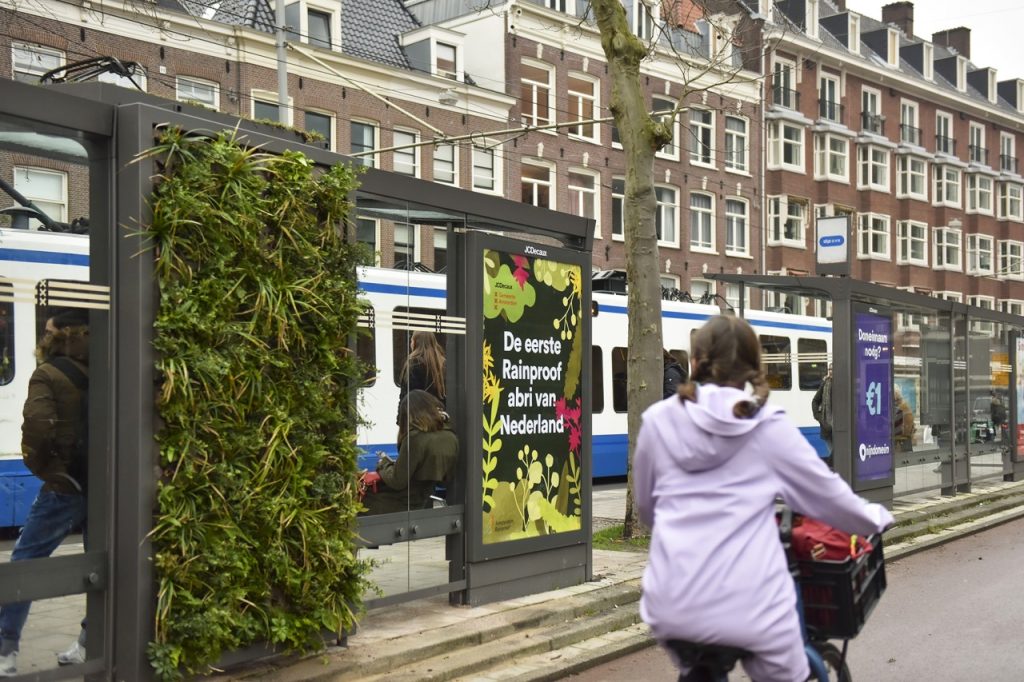
Today, climate change is a serious problem that causes environmental and socio-economic problems worldwide. Especially cities with a large population density stand out as the regions that experience the effects of this threat most intensely. Climate change adaptation in cities is critical in coping with these impacts and building a sustainable future.
The first step of climate change adaptation in cities is the determination of climate change scenarios and risk analyses. Climate modeling and scenario analysis help predict factors such as temperature increases, precipitation changes, and sea level rise that cities may face in the future. In line with these data, cities can identify their unique risks and vulnerable areas and develop strategies accordingly. Infrastructure systems are one of the main focuses of climate change adaptation in cities.
Building resilient infrastructures to frequent extreme weather events and flood risks is important. In this context, underground storage systems for rainwater management and green infrastructure projects that allow water to seep into the soil slowly can be developed. In addition, smart drainage systems and waterways can be planned where water can be discharged effectively to reduce the risk of flooding.
For example, Rotterdam has implemented the “Water Management and Sustainable Infrastructure” project to deal with climate change. This project aims to prepare the city against effects such as rising water levels and extreme precipitation. Sustainability and water management have been achieved in the city using strategies such as floating structures, water management, and energy-saving building designs. At the same time, innovative projects such as “Water Square” have increased water storage and green spaces, thereby increasing the city’s capacity to adapt to climate change.
In addition, reducing energy consumption and using sustainable energy sources form an important part of climate adaptation in cities. To improve the energy efficiency of buildings, strategies such as isolation studies, energy-efficient lighting systems, and the integration of renewable energy sources can be developed. Also, the transportation sector contributes to climate change adaptation by promoting electric vehicles, developing public transportation, and planning urban transportation focusing on sustainability.
Developing green infrastructure is an important part of climate change adaptation in cities. This offers great advantages, both aesthetically and practically. Creating roofs and vertical gardens in buildings helps regulate the temperature while contributing to increasing green areas. Transforming the empty spaces in the city with parks, green corridors, and areas focused on biodiversity aims to support natural life and provide ecosystem services.
The success of climate change adaptation in cities also depends on the participation of local people. Educating and raising public awareness increases the feasibility of adaptation strategies. In addition, raising public awareness on how to take measures against the effects of climate change and how to provide support strengthens social solidarity.
So, climate change adaptation in cities is a process that requires a technical and strategic approach. Integrated solutions are required in various areas, such as infrastructure, energy, transport, green spaces, and community participation. These adaptations not only allow cities to become resistant to the negative effects of climate change but also contribute to creating a more sustainable and livable environment. Local governments, academic institutions, the business world, and all segments of society can cooperate to ensure that cities play a leading role in combating climate change.





















Leave a comment